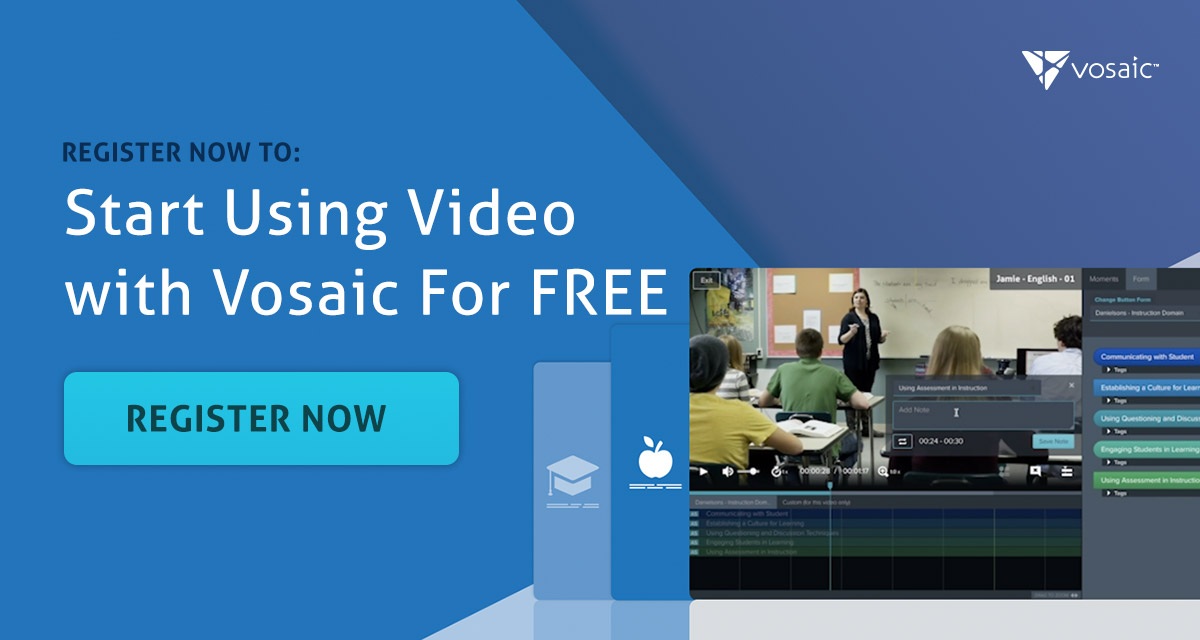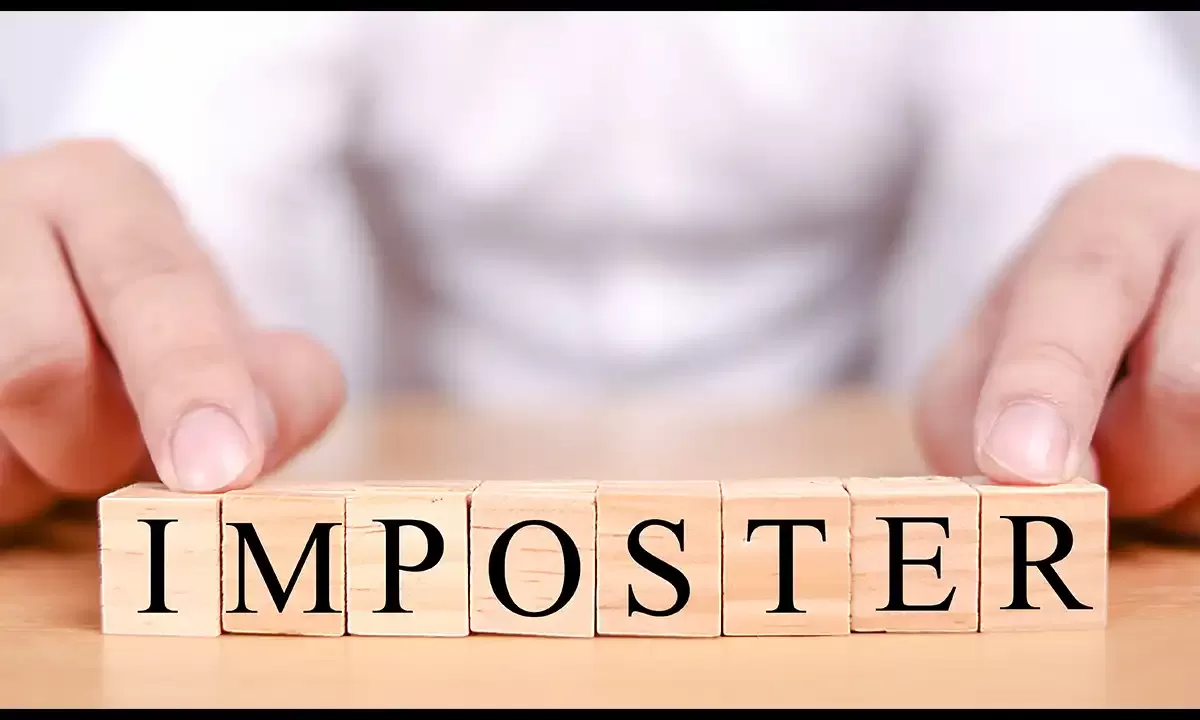Receiving feedback from professors and/or peers is not easy. However, by approaching these conversations with a focus on outcome abilities, patient needs, and time-independent scenarios, students can begin to objectively discuss a medical simulation and use their educational thinking to connect between theory and practice.
With Competency-Based Medical Education (CBME) and video-assisted debriefing (VAD) together, students are able to have a clear perspective of what has been taught in the classroom and how it is actually applied in a simulation, which is a key in the use of video for medical debriefs. Incorporating video-assisted debriefing (VAD) techniques helps prepare students to develop effective self-reflection skills and build confidence in their performance prior to entering the field as a healthcare professional.
Why is VAD so beneficial in nursing education, and how can it be used?
VAD has been shown to enhance attitudes, improve simulation performance, and amplify student self-awareness in their practice.
VAD refines students' focus on competencies and team communication, allowing nursing students to better prepare for the demanding environments of clinical practice and working among a clinical team. Introducing VAD in nursing education works to actively combat existing feelings of imposter phenomenon and shed light on other varying limitations inhibiting growth and achieving competence.
The use of video-assisted debriefing for nursing students aims to provide critical skill-building practices, generate new knowledge, and provide applicable reflection points for future, real-world scenarios. Often, nursing students might feel overwhelmed when it comes to reflecting on their performance and using VAD with fears of judgment and comparison to other students.
Stay on Top of Important Discoveries
We read case studies and academic journals so you don’t have to. Sign up and we’ll send you the key takeaways.
Students experiencing the imposter phenomenon (IP) often feel like a perpetual novice with the complexities of providing advanced care and learning the necessary skills to feel success. Due to the demands and stressors in the healthcare industry, nursing students may be affected by IP throughout their educational journey, sometimes lasting years into their careers. This can show up as premature burnout and a lacking inability to manage course studies and labs.
But, how much does the imposter phenomenon contribute to the mental health of healthcare professionals?
According to a study published by the Journal of Medicine Access, the imposter phenomenon proved to be a reoccurring mental health factor amongst U.S. medical students needing additional studies to understand its cause and effect. This cross-sectional study focused on recording the following barriers for students:
Mental health symptoms
Imposter Syndrome
Accessibility
Self-Improvement
The imposter phenomenon amongst medical students is growing and is not discussed enough. High-achieving individuals are faced with feeling undervalued in their field, perfectionism, and self-criticism, because they do not have the resources to actively work through them.
Bridging the Gap Between Self-Reflection and the Imposter Phenomenon
Nursing students often become overwhelmed by the dozens of resources available to them without proper instruction on how they can benefit their practice. While these resources are there to help, students still face moments of trying to find new avenues to reflect on their performance when structured feedback is not provided. This leads to students trying to retain information, just to improve by small margins in the future. Simply put, there needs to be a streamlined way for educators to give feedback to their students. That’s where Vosaic can help.
Using Vosaic to conduct VAD during simulations, nursing students can objectively gain clarity in specific areas for improved emotional management and skill development. This will allow them to approach real-world scenarios with increased confidence, awareness, and a better attitude towards the situation at hand. When approaching these situations, students tend to take a subjective approach towards their performance when not provided with an objective video artifact of their performance and learning scenario. Without the proper resources and feedback, this can lead to varying levels of the imposter phenomenon and feelings of inadequacy, affecting performance and learning outcomes.
Since the introduction of VAD, thanks to the advent of modern video analysis platforms, it has been implemented in medical education for skills training in simulation and is transforming the way in which students can communicate and learn. In medical education, the tracking and assessment of competency is critical to ensure the next generation of medical professionals are adequate in their roles and prepared to effectively communicate with their patients and teams.
VADs have been shown to effectively provide a play-back observation of a medical simulation, providing an objective perspective for learners, and encouraging educators to reflect with students on their practices. Prior to VAD, text and paper-based feedback was the standard for assessments and often lacked the critical developmental insights for an individual to improve on their practice. Video enables recorded simulations to be paused, replayed, and discussed for maximum learning effectiveness. Traditionally, text and paper-based evaluations have been prevalent in providing sometimes invaluable feedback to students. Not only did students have to interpret information related to a simulation or lab, but they also had to connect any feedback they received from professors to a clinical scenario. This imposed challenges to clear interpretations of performance comments and communication between the instructor and the student.
In a unique way, the innovation of technology grants students the opportunity to overcome limiting beliefs about their progress providing an objective view of what really took place. Analyzing one’s performance through video with the use of Vosaic can help learners overcome personal fears and embarrassment while increasing their self-esteem and confidence through secured self-reflection.
The use of video-assisted learning is shown to increase students’ motivation, retention to given learning materials, and academic self-efficacy. This is important because there are several benefits to using video in learning and general self-reflection.
Competency-Based Video Feedback
Competency-based medical education (CBME) is a governing approach to teaching in the health field ensuring competency is met before advancement. It was first introduced in the late 1970s to expand on the idea of outcome-based thinking and has since become the leading strategy for medical education.
Competency itself is defined as, “the ability to do something successfully or efficiently.” This approach focuses on two main areas; specific domains of competence and an independence of time in training, according to the GMS Journal for Medical Education. The shift to competency-based evaluations has aided in overturning the perception that competence will be reached in a time-bound duration (i.e. Residency rotation). This is important as it allows students to focus on their individual aptitudes in clinical settings and progress with confidence knowing specific skills will be achieved.
Now with CBME and VAD together, students are enabled to objectively discuss a medical simulation and use their educational thinking to connect between theory and practice. A clear perspective of what has been taught in the classroom and how it is actually applied in a simulation is a key objective in the use of video for medical debriefs. With the focus on mastering performance objectives, students can reflect on their own practice to evaluate their technical skills, communication for clinical reasoning, and emotional states during debriefs.
CBME is a critical factor in video debriefs as it sets the stage for objective evaluations based on relevant, applicable, and specific competencies throughout a student’s medical training.
How to Utilize Vosaic for VAD Benefits
Video-assisted debriefs continue to be a developing and growing approach to medical education. It has supported student growth to take a more active stance in their professional development. Vosaic’s platform allows users to simply play, pause, replay, and even slow down moments during a clinical simulation to assess students' competency.
Video-based feedback during medical debriefs also gives students the opportunity to build relationships with their peers and professors when discussing formative feedback. As a result, this increases student engagement, better outcomes, and active self-reflection. Specifically, assess competencies such as team communication, bedside manner, patient safety, and appropriate protocol is important in the reflection process.
Vosaic’s video features also shift to increased perception of fairness for both students and instructors for a collaborative environment and experience for all.

Vosaic's self-reflection and video analysis platform pairs seamlessly with existing A/V systems and is HIPAA compliant infrastructure for secure simulation recording and debriefing. Simulation can be live-coded, instantly reviewed, and shared with participants furthering evidence-based discussions.



